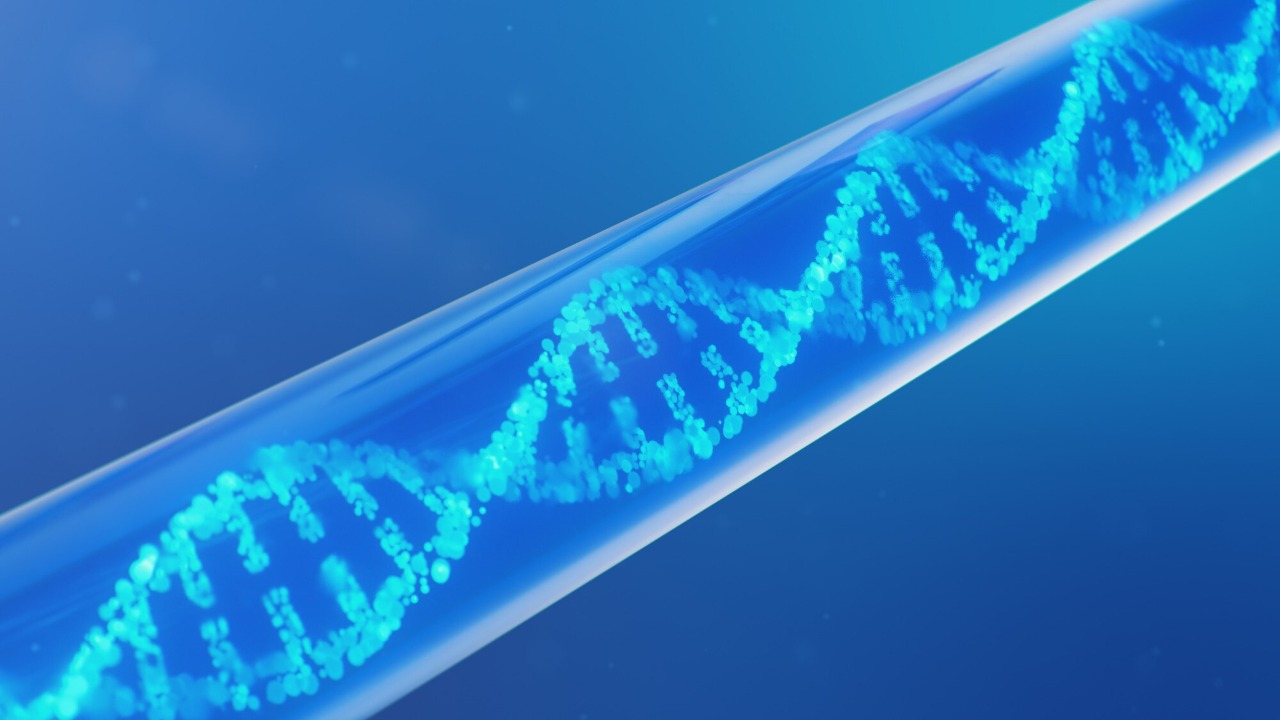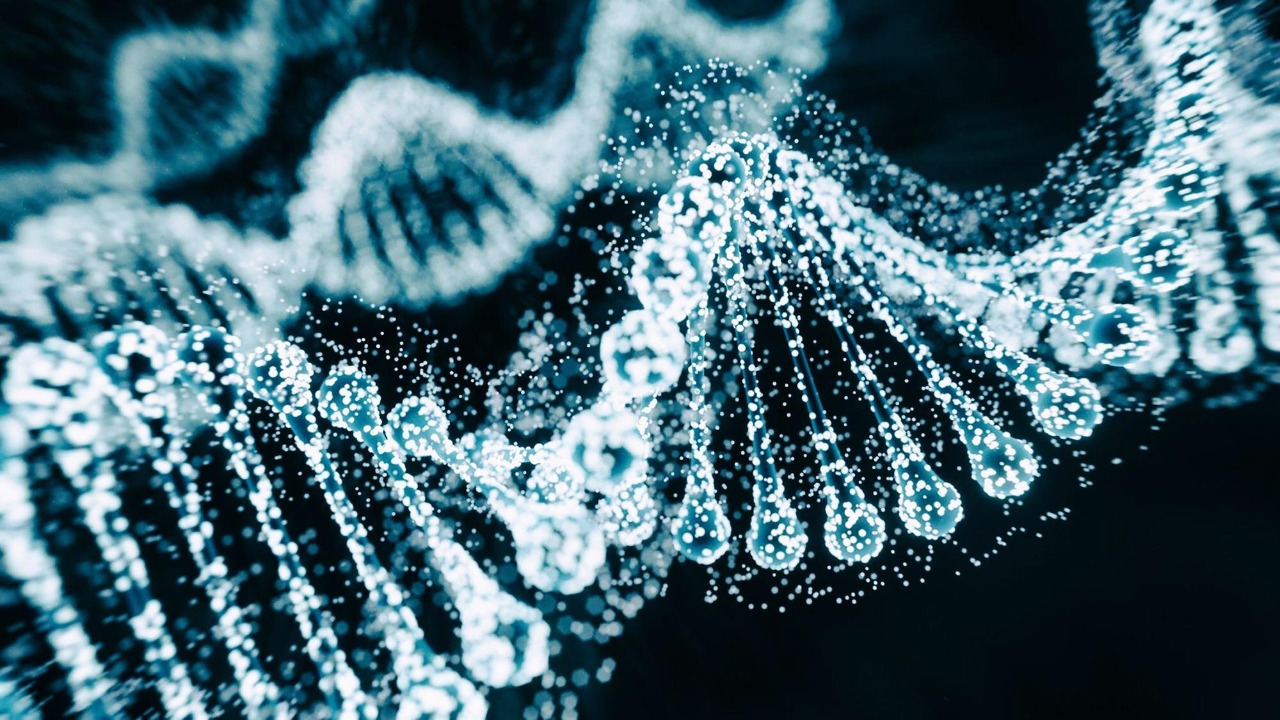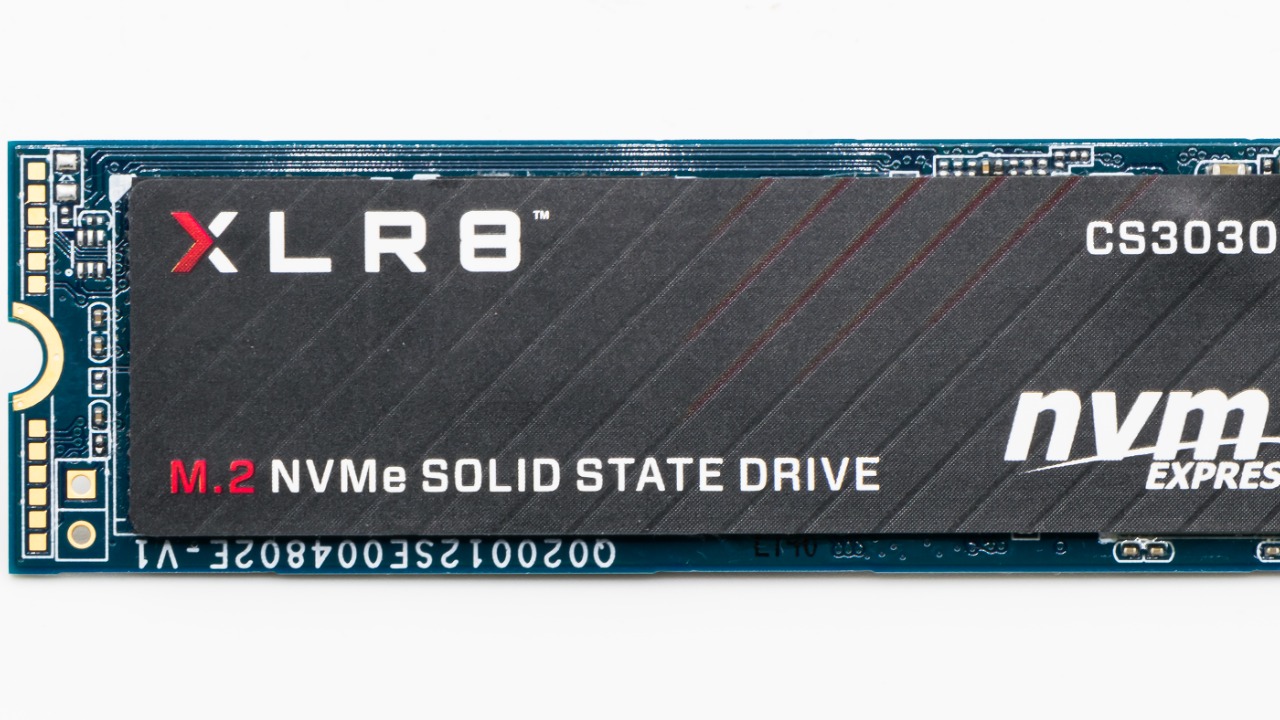
DNA has been recognized not only as the blueprint of life but also as a potential medium for digital data storage. With recent breakthroughs, scientists have demonstrated that DNA can store up to 1 terabyte (TB) of data in just a single droplet. The intersection of biology and data science presents a revolutionary approach to data storage, poised to address the growing needs of the digital age.
The Science Behind DNA Data Storage

Structure and Encoding
The double-helix structure of DNA, composed of sequences of nucleotides—adenine (A), thymine (T), cytosine (C), and guanine (G)—offers a unique way to encode digital information. Each nucleotide can represent binary data, allowing DNA to serve as a high-density storage medium. By assigning binary values to these nucleotides, scientists can translate the endless stream of zeros and ones into sequences of A, T, C, and G, effectively turning DNA into a biological hard drive.
Encoding Process
The process of encoding involves converting binary data into DNA sequences through algorithms that ensure efficient mapping. DNA synthesis technology then creates these sequences, constructing physical strands of DNA that embody the digital data. This synthesis is followed by sequencing, a step that enables the reading of encoded data. According to a study by MIT, advances in sequencing technologies play a pivotal role in accessing stored information, further bridging the gap between biological systems and digital data.
Error Correction
Ensuring data integrity in DNA storage involves sophisticated error correction algorithms. These algorithms detect and correct errors that may occur during synthesis or sequencing. Redundancy is also built into the system, where multiple copies of data sequences are stored. This redundancy, combined with error correction techniques, provides a robust framework for maintaining the accuracy and reliability of stored data, as highlighted in a research article.
Advantages Over Traditional Storage Media

Density and Capacity
Traditional storage devices such as hard drives and SSDs are rapidly reaching their physical limitations. In contrast, DNA offers an unprecedented data density, capable of storing vast amounts of information in a minuscule space. A single gram of DNA can theoretically hold up to 215 petabytes of data, a significant leap from current storage technologies. This incredible density is a game-changer for industries dealing with massive data sets, opening up new possibilities for data management and storage solutions.
Durability and Longevity
DNA’s stability is another compelling advantage. Unlike electronic storage media, which can degrade over time and are susceptible to environmental damage, DNA is incredibly durable. Fossilized DNA found to be thousands of years old retains its structure, demonstrating its resilience. This durability means that DNA-stored data could potentially last for centuries, providing a reliable solution for long-term data archiving.
Energy Efficiency
The energy efficiency of DNA data storage is particularly appealing in an era where environmental sustainability is paramount. Traditional data centers consume vast amounts of energy to maintain electronic storage systems. DNA, however, requires minimal energy for data maintenance, reducing the carbon footprint associated with data storage. This energy efficiency aligns with global efforts to create more sustainable technological infrastructures.
Challenges and Limitations

Cost and Scalability
While DNA data storage offers numerous advantages, the technology is not without its challenges. The cost of DNA synthesis and sequencing remains high, posing a significant barrier to widespread adoption. Scaling the technology to make it cost-effective for everyday use is a major hurdle that researchers and companies must overcome. The current research focuses on reducing these costs through technological advancements and increased efficiency in synthesis processes.
Read/Write Speed
Another limitation is the read and write speeds of DNA data storage systems. The process of encoding and retrieving data from DNA is time-intensive, far slower than electronic systems. Improving these speeds is crucial for the practical application of DNA storage, requiring innovations in both synthesis and sequencing technologies. As noted in a recent study, developing faster methods for data retrieval is essential for DNA storage to compete with traditional systems.
Technical Complexities
The technical complexities involved in DNA data storage are considerable. Precise handling of DNA molecules is essential to prevent errors in encoding and decoding processes. This precision demands sophisticated equipment and expertise, adding layers of complexity to the implementation of DNA storage systems. Overcoming these challenges is vital for the technology to reach its full potential, making it accessible and practical for a wider range of applications.
Real-World Applications and Future Prospects

Data Archiving
One of the most promising applications of DNA data storage is in long-term data archiving. Enterprises, research institutions, and governmental bodies can benefit from the technology’s durability and density for storing critical information. DNA’s ability to preserve data without degradation makes it an ideal solution for archiving historical records, scientific data, and other valuable information.
Biocompatible Devices
DNA data storage also holds potential for the development of biocompatible devices. These devices could integrate biological systems with digital technology, opening up new avenues for biomedical applications. For instance, implantable devices that store patient data in DNA form could revolutionize healthcare by providing continuous monitoring and personalized treatment options.
Future Innovations
The future of DNA data storage is ripe with possibilities. Ongoing research aims to address current limitations, such as cost and speed, making the technology more accessible and practical. Potential breakthroughs could include the development of automated synthesis and sequencing systems, further bridging the gap between biological and digital domains. The future may also see the integration of DNA storage with emerging technologies like quantum computing, enhancing its capabilities and applications.
Ethical and Environmental Considerations

Ethical Implications
As with any emerging technology, DNA data storage raises ethical questions. The manipulation of DNA for non-biological purposes prompts concerns about the potential misuse of the technology and its impact on data privacy. These ethical implications require careful consideration and regulation to ensure that DNA storage is used responsibly and ethically.
Environmental Impact
From an environmental perspective, DNA data storage offers significant benefits. By reducing the reliance on electronic storage systems, DNA storage can decrease electronic waste and the carbon footprint of data centers. This aligns with efforts to create more sustainable technological solutions, underscoring the potential of DNA storage to contribute positively to environmental conservation.